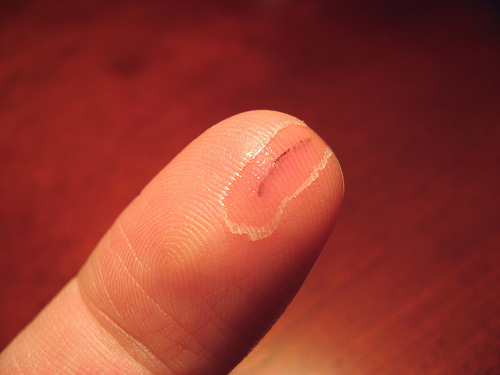
What is a Laceration? Why Liquid Bandage?
A laceration is a cut that goes all the way through the skin. The cut can be small and cared for at home. Or the cut can be large and need immediate medical attention.
If the cut is minor, a liquid bandage (liquid adhesive) can be used on the cut to close the wound and help stop bleeding.
Using a liquid bandage is quick and painless to apply. Skin adhesives, or liquid bandages, seal the cut closed after only one application. There is less chance for infection since the wound is sealed shut.
These products are waterproof, so you can shower or bathe without worry. Try not to scrub the site. Doing so may loosen the seal or even remove the adhesive completely.
The seal lasts for 5 to 10 days. The seal will fall off naturally after it has done its job. After the seal falls off, you can reapply more liquid bandage if needed. But most minor cuts will be mostly healed at this point.
Using these products will also help keep scars from forming at the injury site. Liquid adhesives can be found at your local pharmacy.
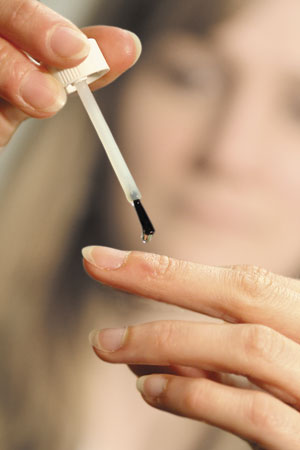
Applying and caring for a liquid bandage
With clean hands or a clean towel, wash the area of the cut with cold water and soap. Dry with a clean towel. Make sure the site is completely dry.
The liquid bandage should not be placed inside the wound, but on top of the skin, where the cut comes together.
- Create a seal by bringing the cut together with your fingers. But do not squeeze the cut together.
- Apply the liquid bandage over the top of the cut. Spread it from one end of the cut to the other, covering the cut completely.
- Hold the cut together for about a minute to give the adhesive enough time to dry.
Keep the site as dry as possible. It is OK to bathe after the liquid adhesive has dried. But excessive moisture can loosen the bond.
It is OK to wash the site with soap and water daily to keep the area clean and prevent infection.
Do not use any other ointments on the site of the cut. This will weaken the bond and slow the healing process.
Do not scratch or scrub the site. This will remove the liquid bandage.
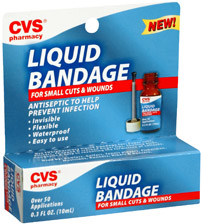
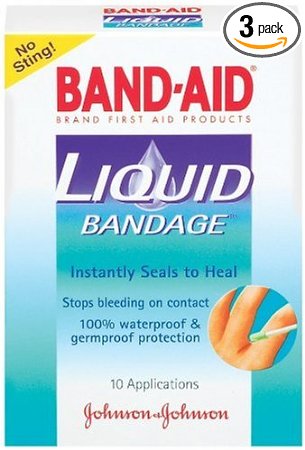
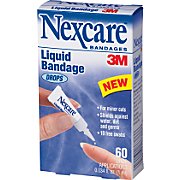
When to call the doctor
Call your doctor right away if:
- There is any redness, pain, or yellow pus around the injury. This could mean there is an infection.
- There is bleeding at the injury site that won’t stop after 10 minutes of direct pressure.
- You have a fever of 100oF or higher.
- There is pain at the site that will not go away, even after taking pain medicine.
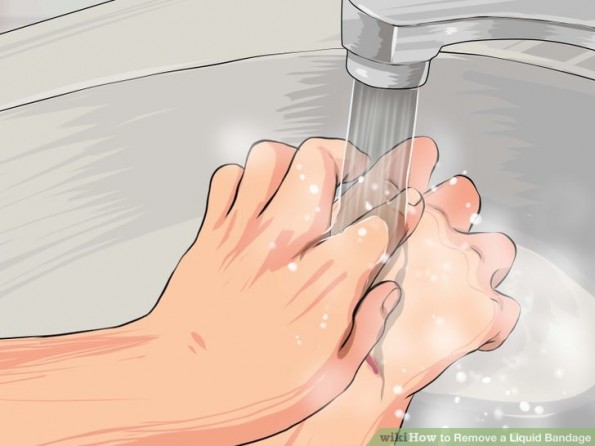 How to remove a liquid bandage?
How to remove a liquid bandage?
- Removing a Liquid Bandage by Softening It
-
Removing a Liquid Bandage with Acetone
-
Applying a New Liquid Bandage
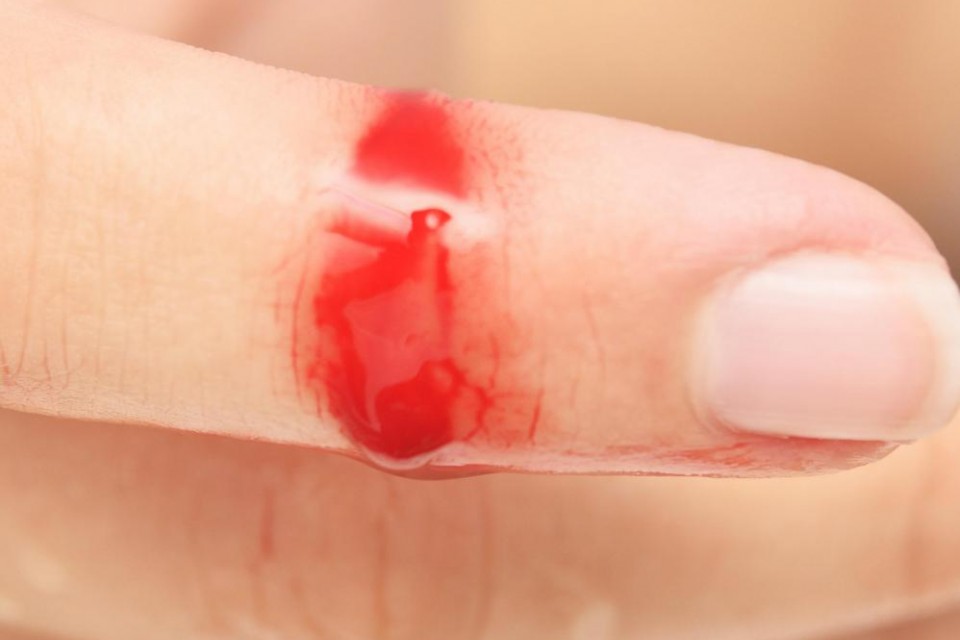
0 comments on “Liquid Bandage”Add yours →